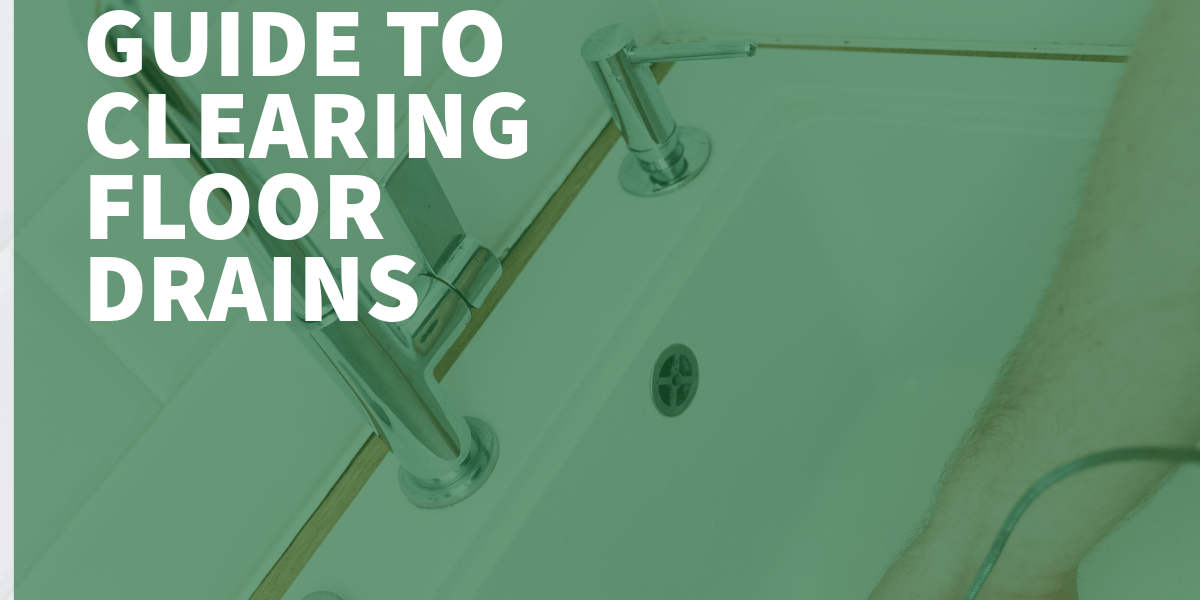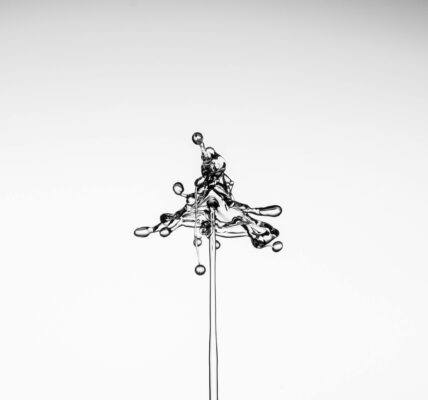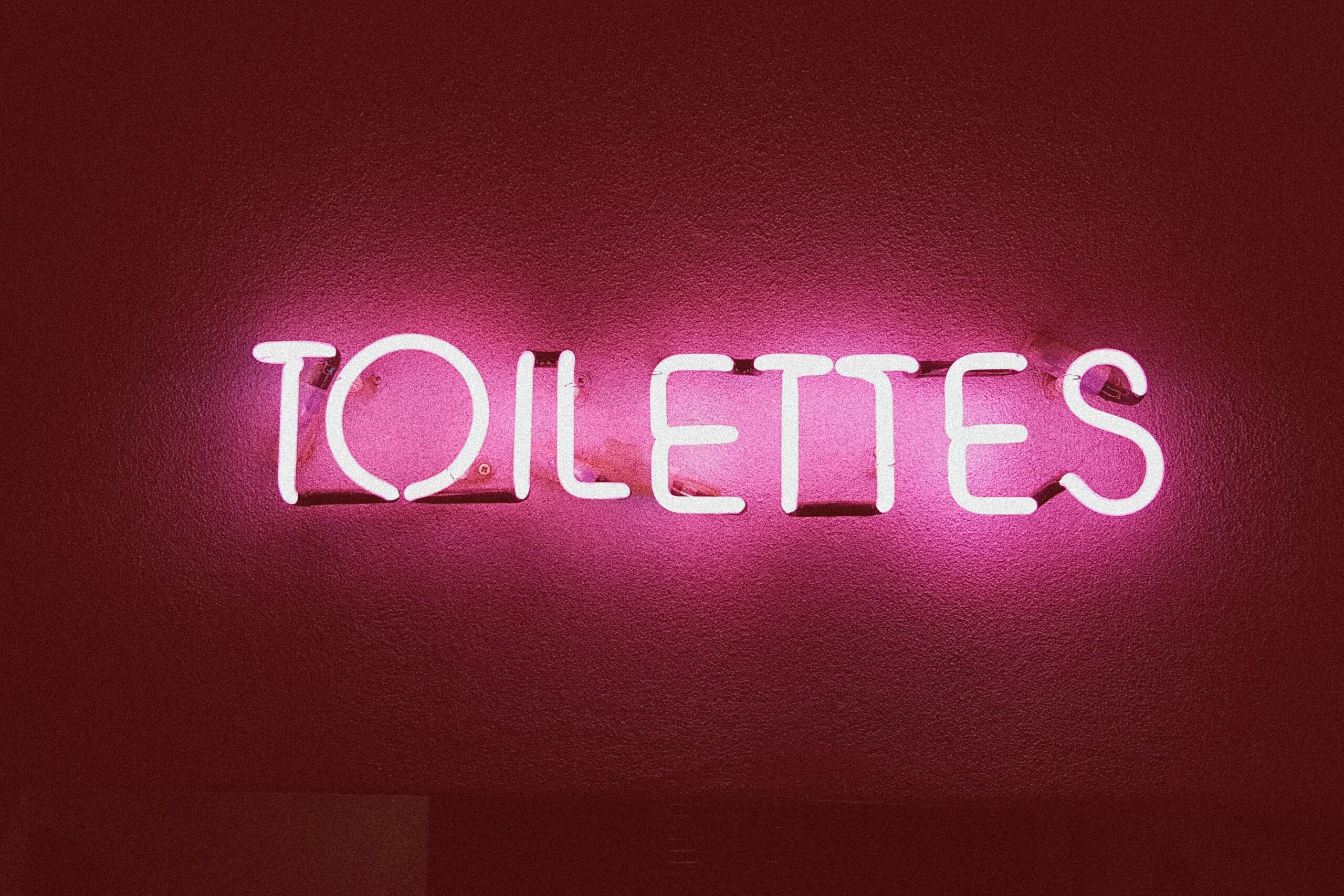Introduction: Understanding the Importance of a Clear Floor
Floor drains play a vital role in home plumbing systems, acting as the first line of defense against water accumulation in basements, laundry rooms, and garages. These drains facilitate the removal of excess water, preventing damage to flooring and structural components of a home. When functioning correctly, they help maintain a safe and dry environment, promoting overall hygiene and comfort for residents. However, when floor drains become clogged, they can lead to serious problems such as water backups, unpleasant odors, and even mold growth.
Clogged floor drains can result from a variety of issues, including hair buildup, debris accumulation, and even food particles, especially in laundry or utility areas. These clogs not only create unsightly messes but can also pose safety hazards, as standing water can increase the risk of slips and falls. Moreover, persistent blockages can lead to more significant plumbing issues that may require professional intervention. To prevent these problems, it’s crucial to understand the importance of maintaining clear floor drains as part of regular home upkeep.
Regular maintenance of floor drains is essential not just for functionality, but also for ensuring a safe and hygienic living environment. Establishing a routine for checking and clearing your floor drains can help you avoid the inconvenience and potential hazards of clogs. This step-by-step guide will help you effectively clear your floor drain, ensuring it continues to function optimally, sparing you from the need for costly repairs and keeping your home safe and dry.
Identifying the Signs of a Clogged Floor Drain
Recognizing the signs of a clogged floor drain is the first step toward effective maintenance before issues escalate. One of the most common indicators is slow drainage or standing water in the area surrounding the drain. If you notice that water is taking longer to disappear after using appliances or during heavy rainfall, it’s a strong signal that a blockage may be forming. Ignoring this early symptom can lead to more significant water accumulation and potential damage to your home’s foundation.
Another critical sign to monitor is the presence of unpleasant odors emanating from the drain. As organic matter, hair, and other debris decay within a clogged line, they can produce foul smells that permeate your living space. Additionally, gurgling noises from the pipes can indicate that air is trapped behind a blockage—a clear warning sign that your floor drain requires immediate attention. Pay close attention to these auditory clues, as they could mean that water is struggling to move past the obstruction.
Lastly, visible debris around the drain cover can provide a straightforward indication that cleaning is necessary. Be proactive by regularly checking the area for any hair, dirt, or foreign objects that could contribute to a clog. If you see a build-up of material, it’s likely time to address the situation. By identifying these warning signs early, you can keep your floor drain clear and ensure it functions effectively. With this knowledge in hand, you are on your way to following a simple step-by-step process to remedy any blockages and maintain a clean, safe environment in your home.
Essential Tools and Materials You’ll Need
Before tackling a clogged floor drain, it’s essential to gather the right tools and materials to ensure a successful and efficient clearing process. At a minimum, you’ll want to keep a plunger, drain snake, wrench, and bucket on hand. The plunger is often the first line of defense against minor clogs, allowing you to create pressure and dislodge debris. For more stubborn blockages, a drain snake can reach deep into the pipes, effectively pulling out hair and other buildup. A wrench may be necessary for loosening drain covers or fittings, while a bucket ensures you can manage any overflow or debris that may escape during the cleaning process.
It’s also crucial to consider your safety while performing this task. Recommended protective gear includes gloves and safety goggles, which can shield you from harsh chemicals or debris that may be dislodged in the cleaning process. Keeping yourself protected not only makes the task safer but also allows for a more comfortable experience as you work to clear the drain.
In addition to your tools, having the right cleaning supplies at your disposal is key to tackling any clogs effectively. Common household items like vinegar, baking soda, and bleach can serve as powerful agents in breaking down organic matter and eliminating odors. For a natural and non-toxic approach, using vinegar and baking soda creates a fizzing reaction that can help dissolve minor blockages. If you’re facing tougher clogs, a diluted bleach solution can sanitize the drain and help eliminate lingering smells. By equipping yourself with the recommended tools and supplies, you’re set up to follow the step-by-step guide for clearing your floor drain efficiently and thoroughly.
Step-by-Step Guide to Unclogging Your Floor Drain
When it comes to unclogging your floor drain, safety should always be your top priority. Before diving into the task, prepare your workspace by ensuring the area is clear of obstacles and contaminants. Wear your protective gear, including gloves and safety goggles, to safeguard against any sharp debris and harsh chemicals. This preparation not only promotes a safe environment but also allows you to focus on the job at hand without worrying about potential hazards.
Once you’re set up safely, begin by removing the drain cover to assess the situation. In Step 1, carefully clear away any visible debris, such as hair or dirt, that might be blocking the flow of water. This initial effort can often resolve minor clogs. Following this, in Step 2, grab your plunger and use it to create pressure and agitation in the drain. Plunging can help dislodge particles stuck further down the pipe and may restore your drain’s functionality.
If the clog persists, Step 3 involves deploying a drain snake. This handy tool can reach deeper into the plumbing system, effectively retrieving stubborn blockages. As you work the snake into the drain, be gentle to avoid damaging your pipes. After you’ve dislodged the debris, it’s wise to finish with Step 4: flushing the drain. Pour hot water along with a chosen cleaning solution, such as a vinegar-baking soda mix or diluted bleach, to clear the remaining residue and disinfect the pipes. Following this step-by-step guide will not only unclog your floor drain but also help maintain its efficiency for the future.
Preventing Future Clogs: Maintenance Tips
To ensure your floor drains remain clear and functional, establishing a regular cleaning routine is crucial. Schedule periodic cleanings, where you check drain covers and remove any debris that may accumulate over time. By taking this proactive approach, you can prevent minor build-ups from escalating into significant clogs. Additionally, using a natural cleaning solution, such as a vinegar and baking soda combination, on a monthly basis can help break down any lingering residue and maintain a clear pathway in your plumbing.
Another essential aspect of preventing clogs is being mindful of what gets flushed down the drain. Avoid common mistakes such as disposing of grease, hair, or non-biodegradable materials, as these can easily lead to significant blockages. Educate everyone in your household about proper drain etiquette, so they understand the importance of only letting suitable items enter the drainage system. By cultivating this awareness, you can greatly reduce the risk of clogs and make your drainage system much easier to maintain.
In addition to cleaning and being cautious about what goes down the drain, consider investing in quality drain covers. These covers act as barriers, catching larger debris before it has a chance to enter the drain and cause issues. Regularly checking and maintaining your plumbing system can also help detect early signs of trouble, such as slow drainage or odd noises. By following these maintenance tips, you can significantly prolong the lifespan of your floor drains and prevent future clogs from becoming a constant headache.
When to Call a Professional Plumber
Knowing when to call a professional plumber is critical in maintaining the integrity of your plumbing system. If you encounter persistent or severe clogs that do not respond to traditional methods, such as plunging or using a drain snake, it may be time to seek expert assistance. Additionally, if you notice unusual smells, slow drainage in multiple fixtures, or signs of water damage, these could indicate a blockage deeper within your plumbing system that requires professional intervention. Early identification of these issues can help prevent costly repairs down the line.
Engaging a professional plumber offers several benefits that go beyond mere unclogging. A trained expert can perform a thorough inspection of your plumbing, helping to identify underlying issues such as corrosion, tree root intrusion, or pipe misalignment. They have the tools and experience necessary to assess the condition of your pipes and recommend appropriate maintenance or repairs. This proactive approach not only resolves current clogs but also contributes to the longevity and efficiency of your plumbing system.
When you call a professional to unclog your drain, you can expect a systematic approach to addressing the issue. The plumber will typically begin with an assessment, often using specialized cameras to inspect the inside of your pipes and identify the source of the problem. After determining the best course of action, they may use advanced techniques, such as hydro jetting or drain snaking, to remove stubborn clogs. Following the service, a professional will also provide guidance on maintenance to help prevent future issues, leaving you with peace of mind and a properly functioning drain.
Conclusion: Ensuring a Smooth-Running Drainage System
In conclusion, successfully unclogging a floor drain involves a series of straightforward yet effective steps. Begin by removing any visible debris from the drain cover, followed by using a wet/dry vacuum to eliminate standing water. If the clog persists, employing a plunger can create the necessary pressure to dislodge the blockage. For more stubborn clogs, a drain snake can reach deeper into the pipes to effectively break up and remove the obstruction. Following these steps ensures that your floor drain operates smoothly, reducing the chances of water damage and unpleasant odors in your home.
However, the effort doesn’t end with unclogging the drain; regular maintenance is crucial in keeping your plumbing system in top condition. Schedule periodic checks to clean your drains and remove any build-up of grease, hair, or soap residue that can lead to clogs over time. Investing in regular inspections can identify potential issues before they escalate into significant problems, saving you time and expense in the long run. Maintaining a clean drainage system contributes significantly to your overall plumbing health.
Encouraging proactive measures is essential for all homeowners. Beyond simply reacting to issues as they arise, stay diligent about what goes down your drains and consider preventive solutions like drain covers. Moreover, being aware of the signs of trouble—such as slow draining or foul odors—can help you act quickly and efficiently. By taking these proactive steps and committing to upkeep, you’ll ensure a smooth-running drainage system that serves your home well for years to come.





